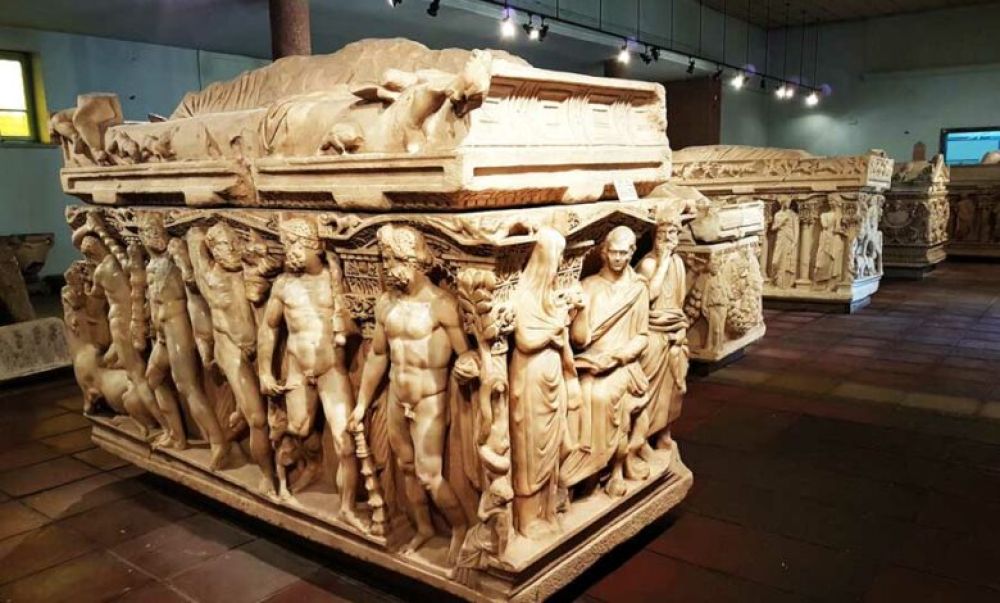

The city of Konya, located in the Central Anatolia region of Turkey, is steeped in history and cultural significance. One of its most treasured institutions is the Konya Archaeological Museum, which has played a vital role in the conservation and presentation of the region's ancient artifacts and has been instrumental in the development of tourism in Konya.
The Konya Archaeological Museum was initially established in the early 20th century, with its official inauguration in 1901. The purpose of the museum was to house and display the rich archaeological findings from the region, which has been inhabited since the 3rd millennium BC by various civilizations, including the Hittites, Phrygians, Persians, Greeks, Romans, Byzantines, Seljuks, and Ottomans.
Over the years, the museum was relocated several times until it settled in its current location in 1962. The museum's collection has grown remarkably, featuring exhibits from Neolithic, Chalcolithic, Bronze Age, Hittite, Phrygian, Greek, Roman, Byzantine, Seljuk, and Ottoman periods, providing a comprehensive overview of Anatolian history.
In the early 20th century, Konya was more of a pilgrimage destination, primarily for followers of the Mevlevi Order, as the city is the resting place of the famed Sufi mystic Rumi. However, the establishment of the Konya Archaeological Museum, along with the discovery of key archaeological sites like Çatalhöyük—a neolithic settlement recognized as a UNESCO World Heritage Site—contributed to Konya's gradually expanding appeal as a tourist destination.
Over the decades, the museum has attracted history buffs, academics, and curious tourists alike. With the advent of modern tourism in Turkey, the museum has seen increased visitor numbers as part of the broader trend of cultural and historical tourism.
The latest trend in Konya's tourism landscape includes an increase in immersive experiences. Visitors are seeking more than just viewing artifacts; they want interactive tours, digital guides, and augmented reality experiences that bring ancient history to life. The Konya Archaeological Museum has incorporated some of these elements to enhance the visitor experience.
Additionally, sustainable tourism has been gaining traction, with tourists becoming increasingly aware of the environmental and cultural impact of their travel. Konya, along with its museum, has been part of this movement, promoting practices that help preserve its rich historical and cultural heritage for future generations.
In conclusion, the Konya Archaeological Museum has been a cornerstone in the development of Konya's tourism from a small pilgrimage town to a globally recognized destination for those interested in the ancient civilizations of Anatolia. It continues to adopt new trends, ensuring its place as a valuable and dynamic part of Konya's tourism industry.